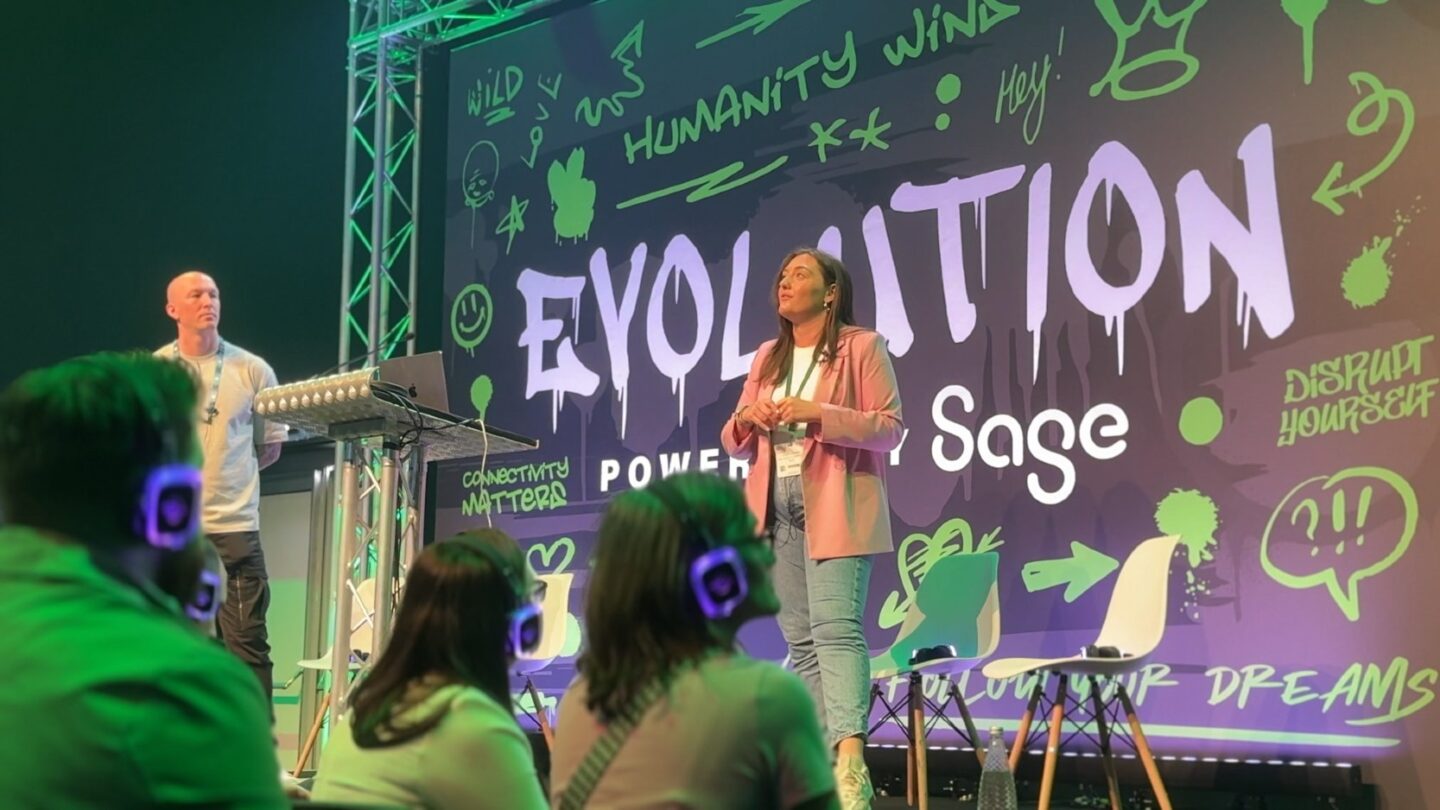Technology & Innovation
Digitalise your accountancy practice: How to help your employees
Digitalisation is shaping the development of the accountancy profession today. So how can you support your staff to embrace a digital accountancy practice?

This is the age of the digital accountancy practice.
In fact, digitalisation is one of the most important factors shaping the development of the accountancy profession today.
A particular driver of digitalisation has been Making Tax Digital (MTD), which aims to use technology to make the tax system more effective and efficient.
So, what does digitalisation mean for your employees?
Essentially, they need to be comfortable working in a digital manner. But as you know, some of your people might need more help than others in this department.
In this article, we highlight three areas where you can help your employees when it comes to making the move to digital ways of working.
And when they’re up to speed, not only will your practice see the benefits, your clients will too.
Here’s what we cover:
- Making the move to digital can be challenging
- 3 ways to help your employees move to digital ways of working
- Final thoughts
Making the move to digital can be challenging
The trend towards digitalisation is only going to continue to accelerate.
But while accountancy practices generally understand that they need to embrace it, they can struggle with its real-life implications.
Typically, digitalisation involves a move away from Excel spreadsheets and desktop accounting software towards cloud-based accountants software, which in turn tends to result in new processes and ways of working.
Some employees may feel uncomfortable with the new direction that the practice is taking, or believe they lack the skill set that will enable them to flourish in a more digitalised environment.
So what actions can partners, managers and other leaders at your practice take to support your staff with the transition?
3 ways to help your employees move to digital ways of working
1. Train and retrain employees in new systems
Your employees will feel more comfortable about using new systems if they’ve received comprehensive training in them.
It’s also important that they receive additional training as new software updates are released and that they have access to post-training follow ups.
As well as formal training sessions, held face to face and online, your employees can benefit from informal sessions, such as ‘lunch and learn’ events too.
US-based WithumSmith + Brown, a member of the HLB global accounting network, is committed to using the latest cloud solutions across its audit, tax and advisory service lines.
It believes that best-of-breed technology enables its people to work flexibly in the way they want, which means they service clients better and deliver revenue growth.
Withum also understands that if its employees are to get the best out of its systems, they need to be skilled at using them and have high levels of cyber awareness.
“We invest a lot of time and effort in training,” says Jim Bourke, partner and managing director of advisory services at Withum. “Whenever we deploy new technologies, we roll out mandatory training for all our staff.
“Also, because we use so many web-based systems, we make it mandatory for our staff to watch a cybersecurity awareness video every quarter.”
While all employees receive standard training in the new systems, there’s a core team that receives additional training so they can support the rest of the team.
In addition, the practice has a learning coordinator who works with people on their training plans.
Jim adds: “If the learning coordinator sees that staff need support with specific technologies, we make sure we deliver training to them.”
2. Recognise that working processes may need to change
New technologies can enable your accountancy practice to operate far more efficiently and effectively than it has ever operated before.
However, this will only happen if working processes change alongside the implementation of new systems.
Your employees need to adjust how they work so they can take full advantage of the convenience of technology and the opportunities it presents to build stronger relationships with clients and generate new business opportunities.
Fred McBreen is the former managing director of Hertfordshire-based accountancy practice Base52, which is now 3E’s Accountants.
During his time at the practice he co-founded, the firm embarked on a change programme that involves using technology more effectively to improve its processes.
It selected a software package that it rolled out to the majority of its clients and used scanning software for data capture. It also implemented a workflow management tool, so jobs and resources could be controlled and prioritised in a more effective manner.
Working processes inevitably had to change as part of the transformation.
Fred says: “We redefined job roles and responsibilities to accommodate the new systems so that processing, review, analysis and client support were provided at the right level.
“We used to be organised by work type – for example, year-end accounts, personal tax, bookkeeping and VAT. But we restructured our teams to look after all the work for a set a specific business clients.
“Within the teams, there was a hierarchy of roles so that basic processing work was done at a junior/trainee level, which was facilitated by the new technology.
“Managers were then freed up to spending more time looking after clients, reviewing work and carrying out higher-level analysis.”
3. Communicate and engage
Information about digital transformation should be communicated clearly and regularly to your employees, and in ways that solicit their engagement.
A range of technological tools can be used to provide updates on changes – from the humble email through to your practice’s intranet or an messaging platform.
Often face-to-face channels, such as town hall meetings and offsite days, can be the best way to communicate about change in the first instance.
They give your employees an opportunity to ask questions in an open environment and offer their own suggestions as to how processes and systems could be improved.
Della Hudson set up Bristol-based Hudson Accountants in 2009, running the business until she sold it in 2017.
She used cloud accounting software from the outset because she thought it would keep her IT responsibilities to a minimum and enable her business to maximise its profitability.
In addition, she recognised that employees in the practice needed to be actively committed to continuous improvement if they were to take full advantage of the technological tools that they had at their disposal.
“Communication is key in a cloud-based accountancy practice where people might work part time or at home,” says Delia, “so we had a two-hour lunch and learn session, with pizza, every month.
“During that session, anybody who had been on a training course would share what they had learned.
“Also, if there was anything that people had thought could be done better, this would be the forum to raise it. It was also an opportunity to share the way we wanted the firm to move as a whole.
“I believe that if the team understands the values, they can fill in the gaps where there aren’t any written processes.”
Final thoughts
Successful digital transformation requires a significant investment in time and effort on the part of any accountancy practice.
Inevitably, there will be some challenges with getting your employees up to speed with new systems and processes.
To address these challenges and to encourage your employees to embrace digitalisation, your accountancy practice needs to review transformation from a holistic perspective.
This means considering matters such as communication, culture, training and working processes, as well as the systems that will be most suitable for your practice and the needs of your particular client base.
Editor’s note: This article was first published in November 2019 and has been updated for relevance.







Ask the author a question or share your advice